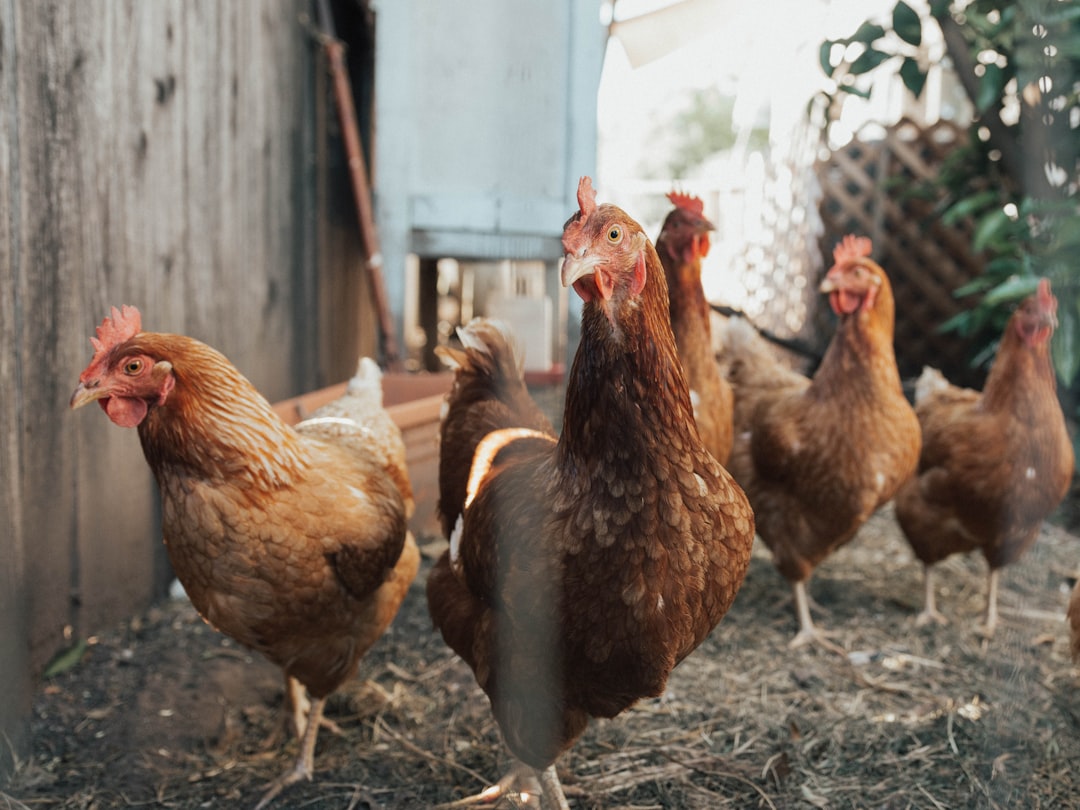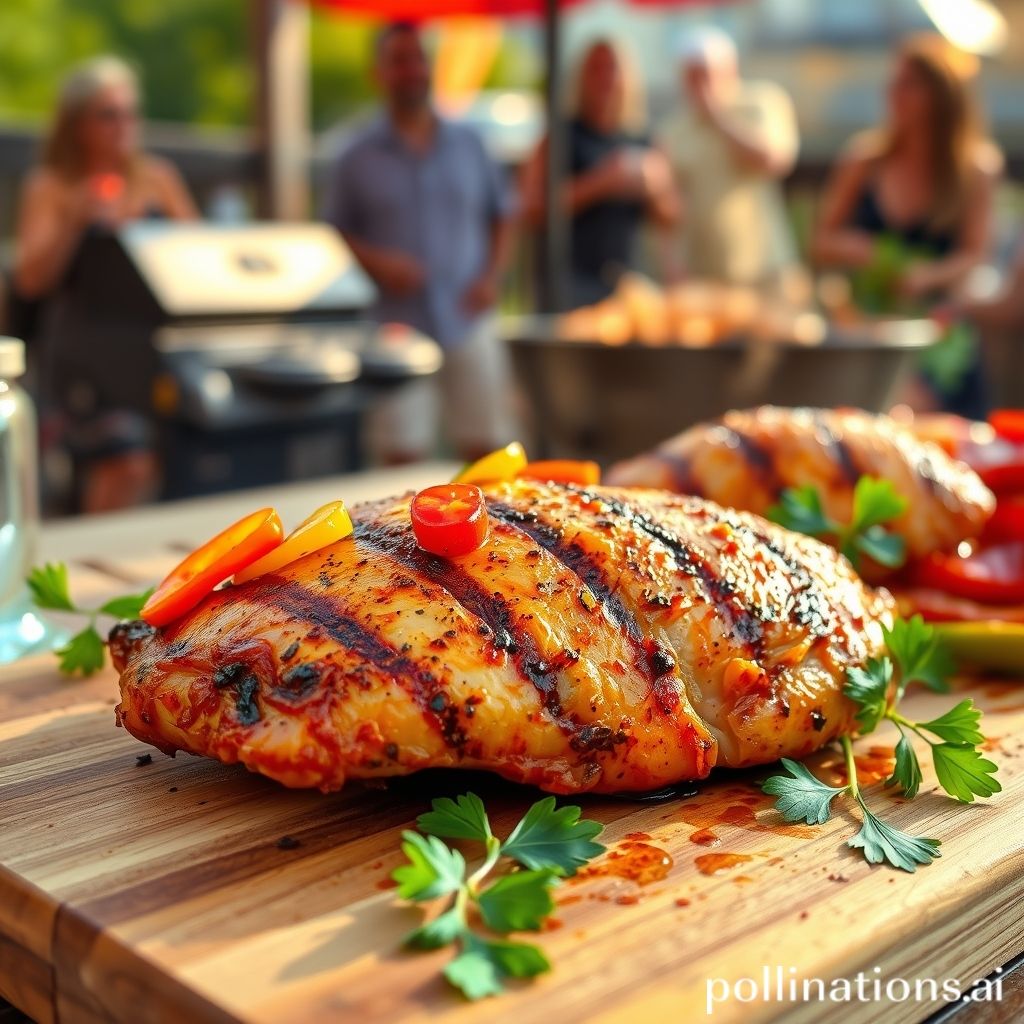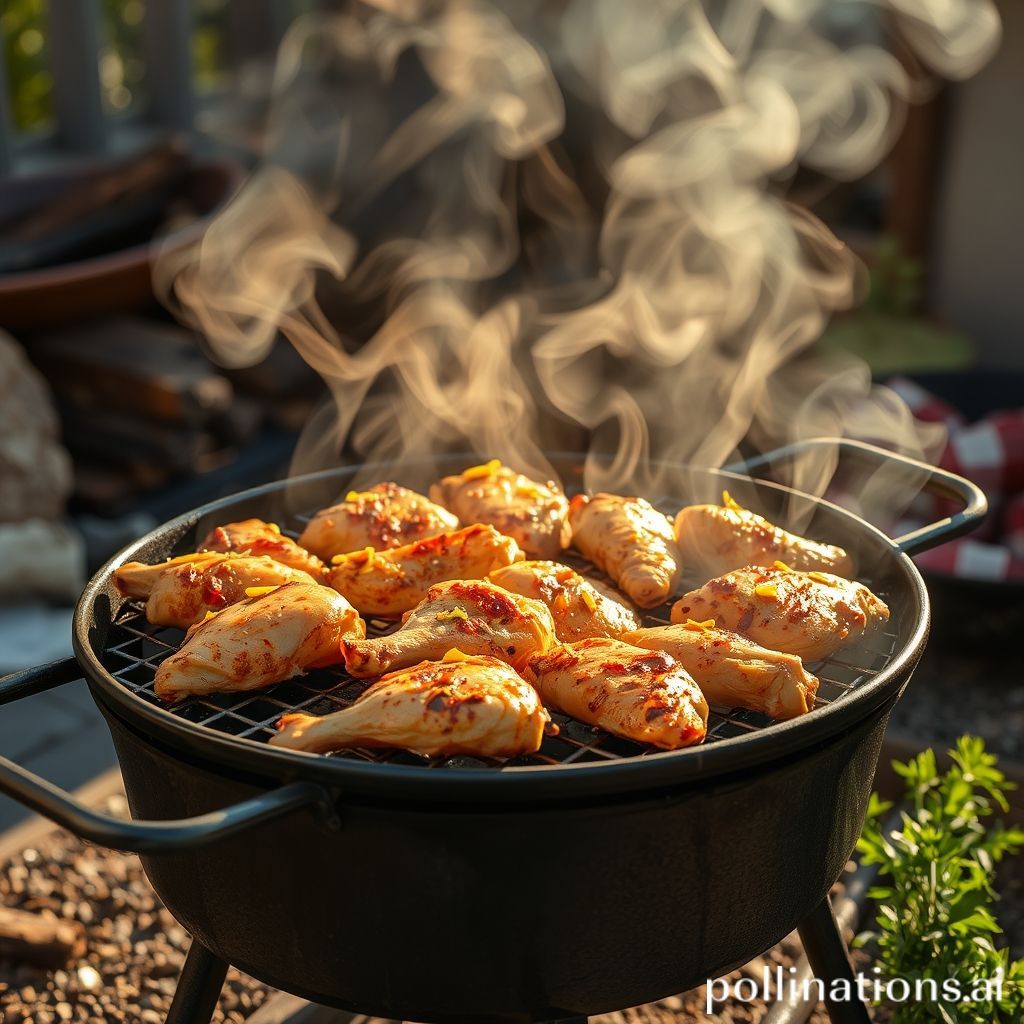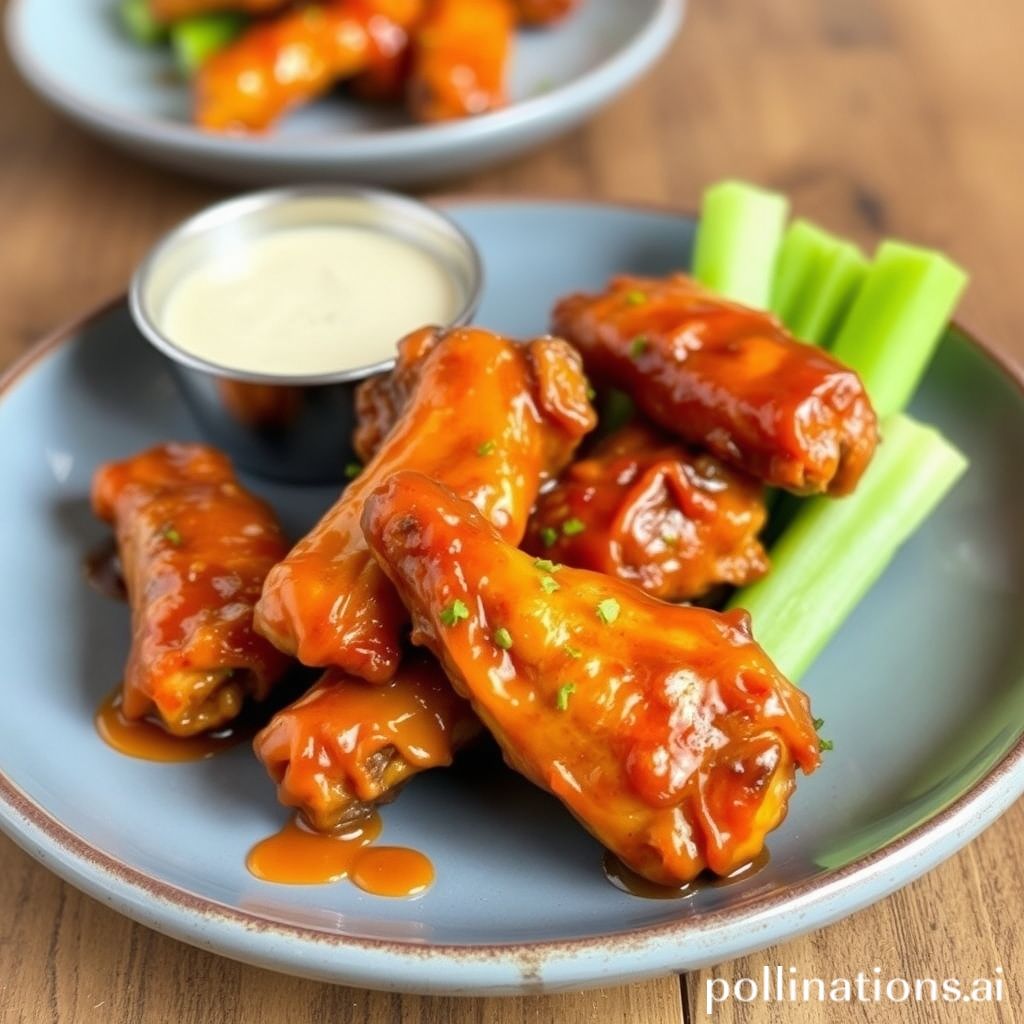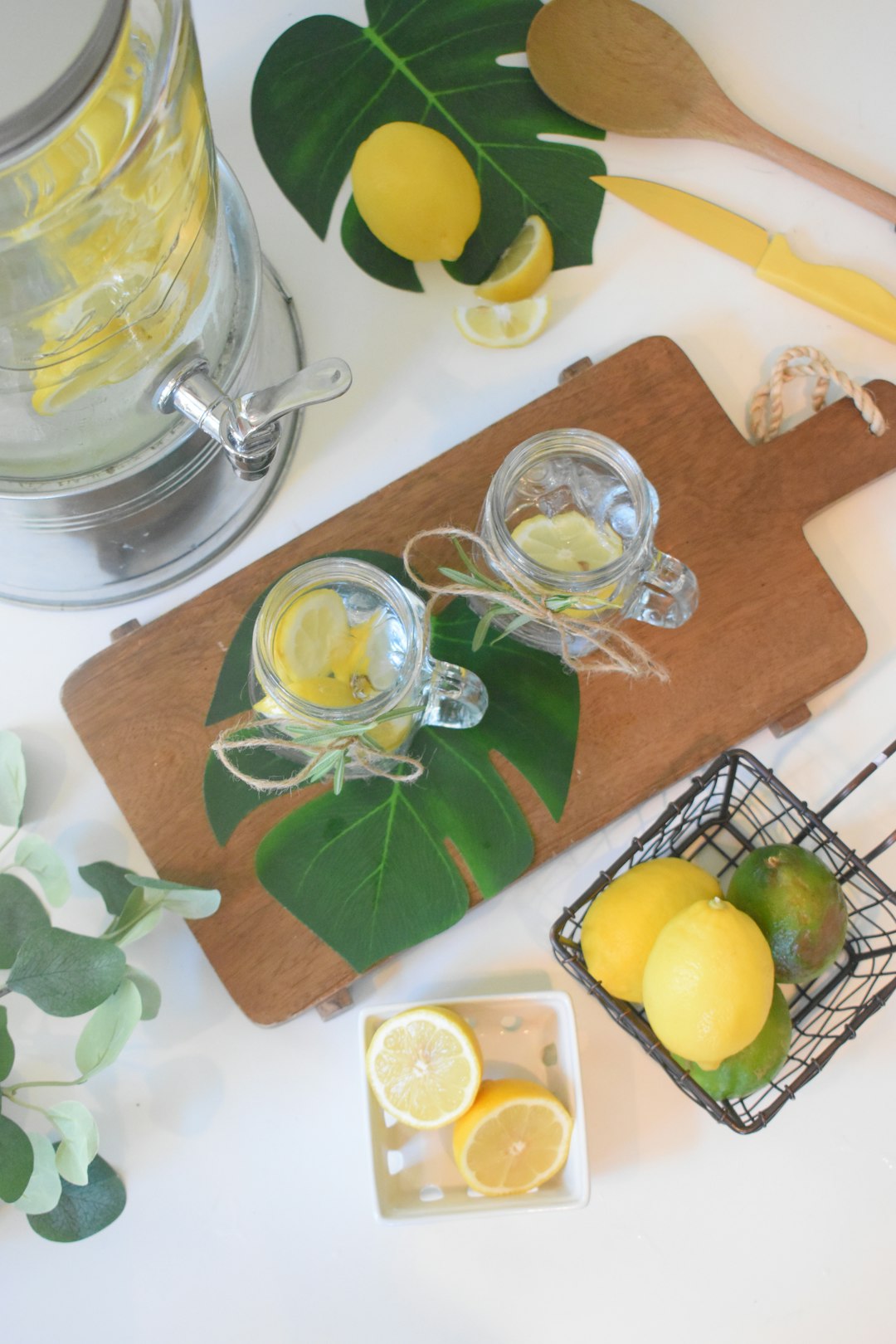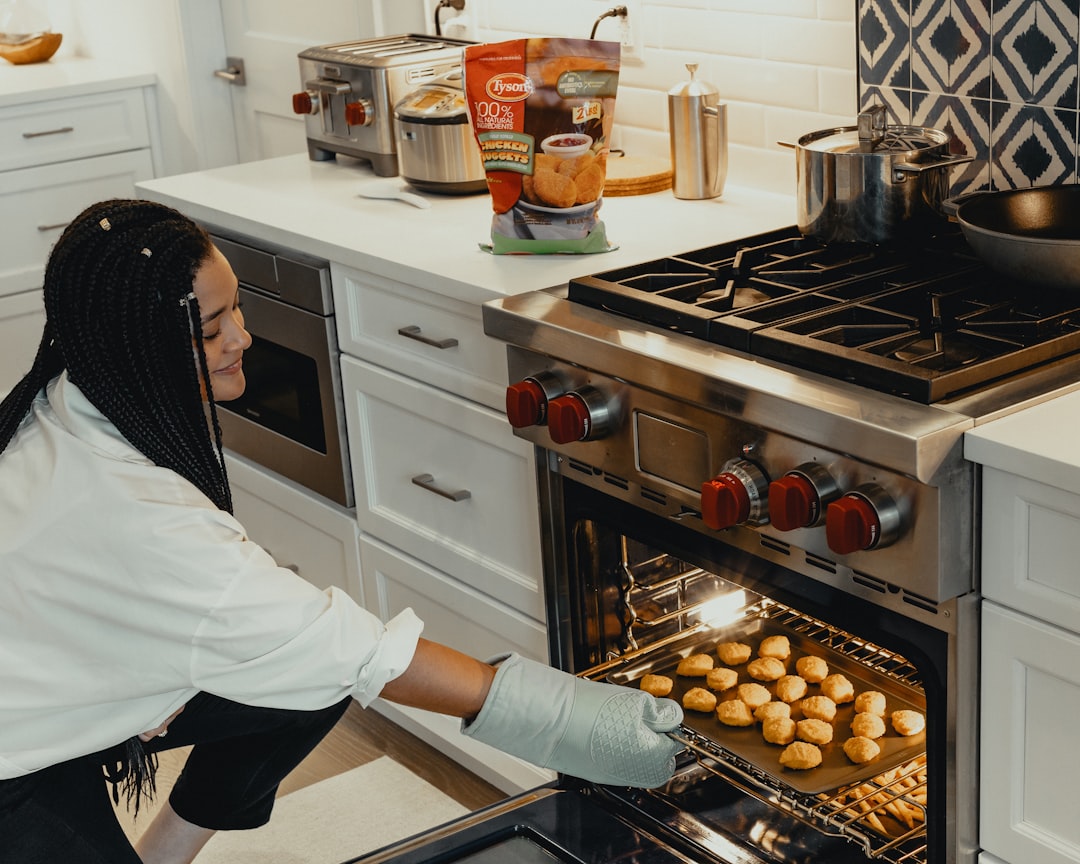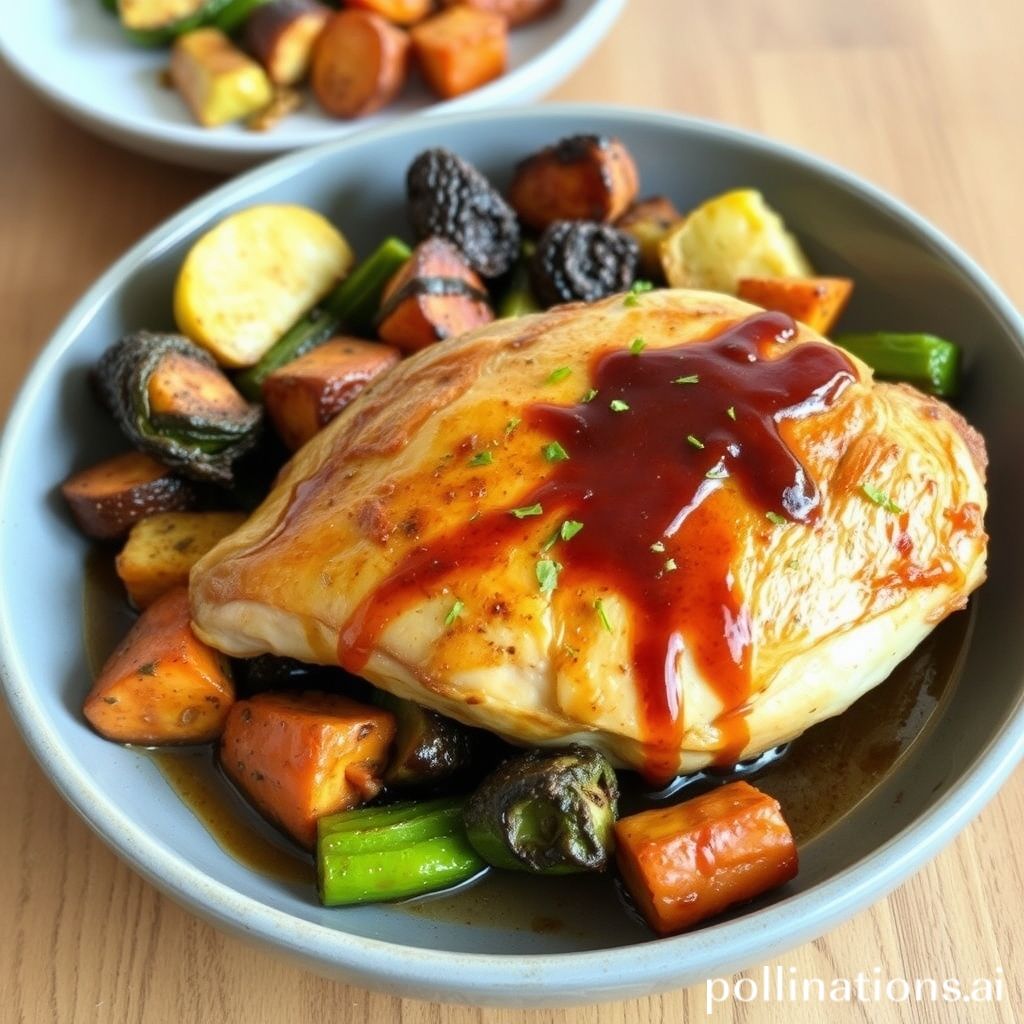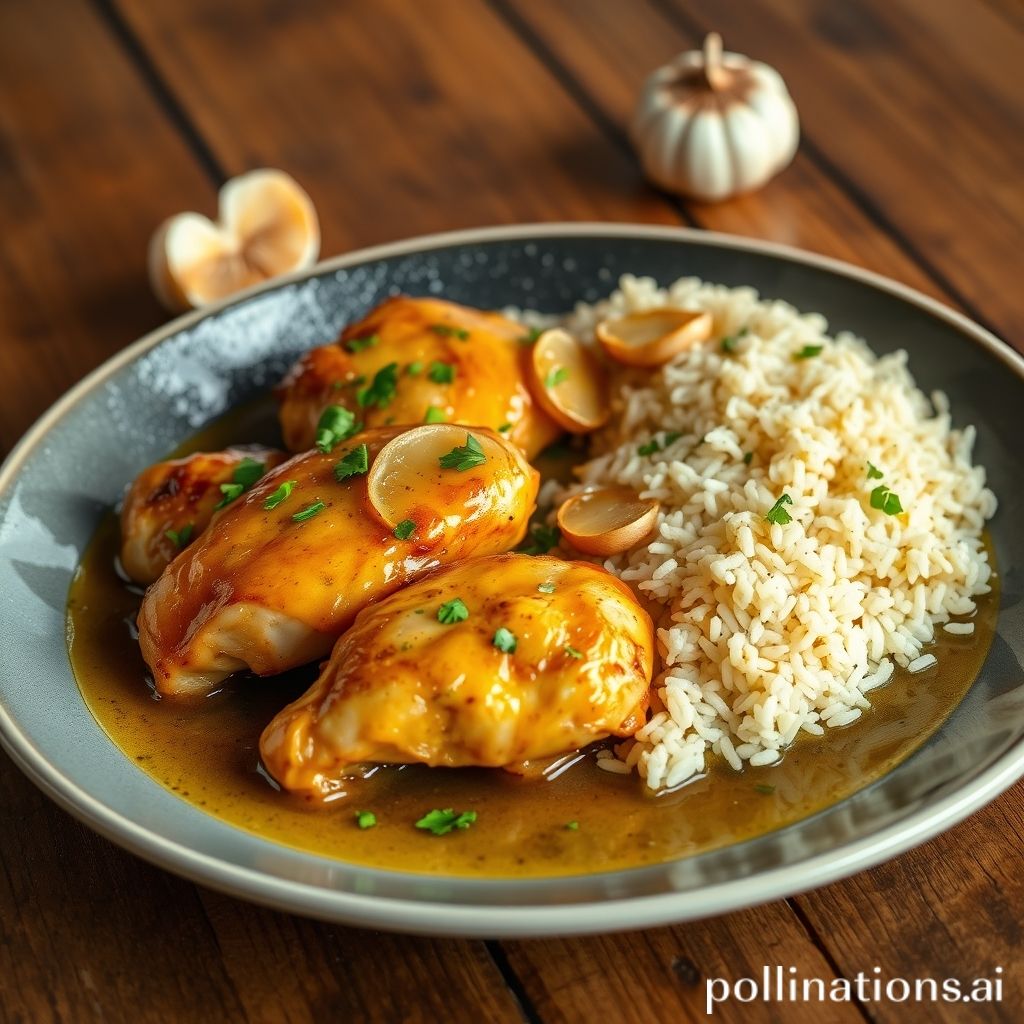Table of Contents
- Introduction
- Ingredients required for Thai Red Curry Chicken
- Step-by-step guide to cooking Thai Red Curry Chicken
- Tips for enhancing the flavor of Thai Red Curry Chicken
- Popular variations of Thai Red Curry Chicken
- Health benefits of Thai Red Curry Chicken
- Serving suggestions and accompaniments for Thai Red Curry Chicken
- The role of Thai Red Curry Chicken in Thai cuisine
- Common mistakes to avoid when preparing Thai Red Curry Chicken
- Conclusion
- Frequently Asked Questions
Introduction
Imagine a vibrantly hued dish, the aroma of coconut mingling with kaffir lime leaves, and the gentle heat of red curry paste that awakens your senses. Welcome to the enchanting world of Thai Red Curry Chicken. With just the right blend of fragrant herbs, rich curry paste, and tender chunks of chicken, this dish becomes a culinary symphony that balances spicy, sweet, sour, and salty notes to perfection.
2 tbsp red curry paste, 400 ml coconut milk, 500 g chicken breast sliced, 2 tbsp fish sauce, 1 tbsp palm sugar, 2 bell peppers sliced, 4 kaffir lime leaves torn, fresh basil for garnish. These ingredients come together to create an unforgettable feast for your senses. The magic begins in the kitchen, where the flavors meld into something extraordinary, promising a meal that is not just eaten but savored. Dive in and unlock the secrets to mastering this exquisite dish.
Ingredients required for Thai Red Curry Chicken
Thai Red Curry Chicken is a delicious and aromatic dish that captivates taste buds with its rich flavors. To create an authentic Thai Red Curry Chicken, you will need a combination of fresh ingredients and some pantry staples. At the heart of this dish is the red curry paste, which is essential for its bold and spicy flavor. Other key ingredients include:
Chicken: Boneless, skinless chicken breasts or thighs, sliced into bite-sized pieces.
Red Curry Paste: The soul of the dish, providing spice, aroma, and color. It can be homemade or store-bought.
Coconut Milk: This adds creaminess and balances the heat of the red curry paste.
Vegetables: Bell peppers, bamboo shoots, and zucchini are common choices, adding texture and flavor.
Fish Sauce: A salty, umami-rich sauce that enhances the overall taste.
Brown Sugar: To balance the spicy and savory elements.
Kaffir Lime Leaves or Basil: These provide a fresh, citrusy aroma.
Oil: For sautéing the curry paste and chicken.
Having these ingredients on hand will ensure that your Thai Red Curry Chicken is authentic and flavorful, reflecting the vibrant essence of Thai cuisine.
Step-by-step guide to cooking Thai Red Curry Chicken
Creating a delicious Thai Red Curry Chicken is a culinary adventure you won’t want to miss. Here’s a step-by-step guide to preparing this flavorful dish. Begin by gathering your ingredients: boneless chicken, red curry paste, coconut milk, fish sauce, sugar, vegetables like bell peppers and bamboo shoots, and Thai basil for garnish.
Start by heating oil in a pan over medium heat. Add 2-3 tablespoons of red curry paste, stirring it for a minute to release the aromas. Add thinly sliced chicken pieces to the pan, stirring well to coat them with the paste. Cook until the chicken is just starting to brown.
Next, pour in a can of coconut milk, stirring to combine it with the curry paste. Let it simmer for a few minutes. Add a tablespoon of fish sauce and a tablespoon of sugar, adjusting to taste. Incorporate your choice of vegetables, allowing them to cook until they’re tender but still crisp.
Finally, garnish the curry with fresh Thai basil leaves before serving hot with steamed jasmine rice. This dish is all about balancing spicy, sweet, and savory flavors, creating a rich and satisfying meal that’s sure to impress.
Tips for enhancing the flavor of Thai Red Curry Chicken
Enhancing the flavor of Thai Red Curry Chicken is all about balancing and elevating its key ingredients. Start by using fresh, high-quality components like authentic red curry paste, which is the backbone of the dish. Frying the paste in a bit of coconut oil before adding other ingredients helps to release its fragrant spices, making a significant difference in taste.
The coconut milk used should be full-fat for a rich, creamy texture. Add it gradually, allowing it to meld with the spices thoroughly. For a fresh kick, include kaffir lime leaves and fresh Thai basil, which add an aromatic layer that’s hard to resist. Adjusting the spice level through additional chilies can cater to different taste preferences, enhancing the overall experience.
Sugar or palm sugar is crucial for balancing the flavors. Don’t skip the fish sauce, which contributes umami and depth. Consider a dash of lime juice just before serving to introduce a touch of acidity, ensuring a refreshing contrast to the coconut’s richness. Pair the curry with jasmine rice to fully appreciate its flavors, as it helps absorb the sauce, highlighting the succulent chicken and vibrant spices.
Popular variations of Thai Red Curry Chicken
Thai Red Curry Chicken is a beloved dish that offers a delightful balance of spicy, sweet, and creamy flavors. While the traditional version is widely celebrated, there are numerous popular variations that cater to different taste preferences and dietary needs. One such variation is the vegetarian Thai Red Curry, which replaces chicken with tofu or a variety of fresh vegetables, such as bell peppers, eggplant, and zucchini. This version retains the rich flavors of the curry paste and coconut milk, making it a hit among vegetarians and vegans.
Another variation is the Thai Red Curry with beef or shrimp, offering an alternative for those who prefer different proteins. Shrimp adds a unique seafood twist, while beef provides a heartier, more robust flavor profile. Additionally, some variations incorporate fruit, such as pineapple or lychee, adding a sweet contrast that complements the fiery heat of the curry paste.
Lastly, for those who love experimenting with different textures, Thai Red Curry Chicken can be adapted to include noodles or rice noodles, creating a comforting, noodle-based dish. These variations showcase the versatility of Thai Red Curry Chicken, allowing it to be adapted for diverse palates and occasions.
Health benefits of Thai Red Curry Chicken
Thai Red Curry Chicken is not only a delightful culinary experience but also offers several health benefits. This dish typically includes a variety of fresh vegetables and lean protein from chicken, contributing to a balanced diet. The red curry paste, a key ingredient, is made from a blend of spices rich in antioxidants and essential oils. These compounds can help reduce inflammation and support a healthy immune system.
Additionally, the coconut milk used in Thai Red Curry Chicken is a great source of healthy fats, which can provide energy and support heart health. It also contains lauric acid, known for its antimicrobial properties, which may boost the body’s defense against infections. The dish often includes herbs like basil and lemongrass, which not only add flavor and aroma but also possess potential digestive and anti-inflammatory benefits.
Moreover, the chili peppers in the curry contain capsaicin, renowned for its metabolism-boosting and pain-relief properties. Alongside a balanced diet, incorporating Thai Red Curry Chicken can contribute to maintaining overall wellness while satisfying the taste buds with its rich, flavorful profile.
Serving suggestions and accompaniments for Thai Red Curry Chicken
Thai Red Curry Chicken is not only flavorful but also incredibly versatile when it comes to serving options. Traditionally, this dish is best enjoyed with a steaming bowl of jasmine rice. The subtle fragrance and mild flavor of the rice complement the rich and spicy curry, absorbing the savory sauce perfectly. For those who prefer a lighter option, cauliflower rice serves as a low-carb alternative while still soaking up every bit of the delicious sauce.
Adding a side of fresh or steamed vegetables, such as broccoli, bell peppers, or snap peas, can enhance the balance of flavors and provide a nutritious boost to your meal. A simple cucumber salad or a garnish of lime wedges can also add refreshing contrast to the spiciness of the curry.
If you’re looking to elevate the dining experience, serve Thai Red Curry Chicken alongside warm naan bread or roti. These flatbreads are excellent for scooping and savoring the thick curry sauce.
Don’t forget to sprinkle a handful of chopped Thai basil or cilantro over your finished dish for an aromatic kick and a splash of color. These herbs add depth and authenticity to the overall presentation, making your meal both visually appealing and enticing to the palate.
The role of Thai Red Curry Chicken in Thai cuisine
Thai Red Curry Chicken holds a special place in Thai cuisine, revered not just for its rich flavors but also for its cultural significance. This dish embodies the balance of spicy, sweet, savory, and creamy elements that are fundamental to Thai culinary arts. Central to the recipe is the red curry paste, known for its vibrant hue and aromatic blend of red chilies, garlic, lemongrass, and galangal. These ingredients are lovingly pounded together to create a paste that forms the flavorful backbone of the dish.
Thai Red Curry Chicken is more than just a meal; it is a reflection of Thailand’s traditions and natural bounty. The addition of coconut milk mellows the heat of the red curry paste, creating a creamy sauce that clings to tender chicken pieces. Vegetables like bamboo shoots, bell peppers, and Thai basil elevate the curry, adding layers of texture and freshness.
In Thai households, this dish often features in family gatherings and celebratory feasts, symbolizing the warmth and hospitality of Thai culture. Its widespread appeal also makes it a favorite in Thai restaurants worldwide, introducing diners to the complexity and depth of authentic Thai flavors. As such, Thai Red Curry Chicken plays a pivotal role in showcasing the essence of Thailand’s culinary heritage.
Common mistakes to avoid when preparing Thai Red Curry Chicken
When preparing Thai Red Curry Chicken, it’s essential to steer clear of common mistakes to ensure an authentic and flavorful dish. One frequent error is overcooking the chicken, which can lead to a tough texture. To avoid this, cook the chicken just until it’s tender and no longer pink.
Another mistake is not properly balancing the flavors. Thai cuisine is all about harmony, so getting the right mix of sweet, salty, spicy, and sour is crucial. Taste your curry frequently and adjust the seasoning as needed. Use authentic ingredients like Thai basil and fish sauce to enhance the dish’s flavor profile.
Using low-quality coconut milk can also affect the taste and texture of your curry. Opt for full-fat coconut milk for a creamy consistency. Additionally, many cooks fail to sauté the curry paste, leading to a less flavorful dish. Sautéing helps release aromatic oils and enhances the curry’s complexity.
Avoid adding vegetables too early in the cooking process, as they may become mushy. Add them towards the end of cooking to retain their texture and nutrients. By avoiding these common pitfalls, you’ll create a delicious Thai Red Curry Chicken that’s sure to impress.
Conclusion
In essence, mastering Thai Red Curry Chicken is about embracing the vibrant essence of Thai cuisine, from its aromatic red curry paste to the luscious coconut milk base. By following the insights shared in this guide, you can create a culinary masterpiece that delights both on a weekday night or at a festive gathering. Whether you’re experimenting with variations or sticking to the classic recipe, each attempt brings you closer to the authentic Thai dining experience right in your kitchen.
To further elevate your chicken cooking repertoire, consider accessing a treasure trove of recipes with “The Chicken Bible: Say Goodbye to Boring Chicken with 500 Recipes for Easy Dinners, Braises, Wings, Stir-Fries, and So Much More”. With this book as your guide, you’ll never run out of ideas to transform chicken into the star of your meal. Don’t miss out on this opportunity to enhance your culinary skills and keep your kitchen exciting. Purchase your copy today and dive into a world of flavors!




